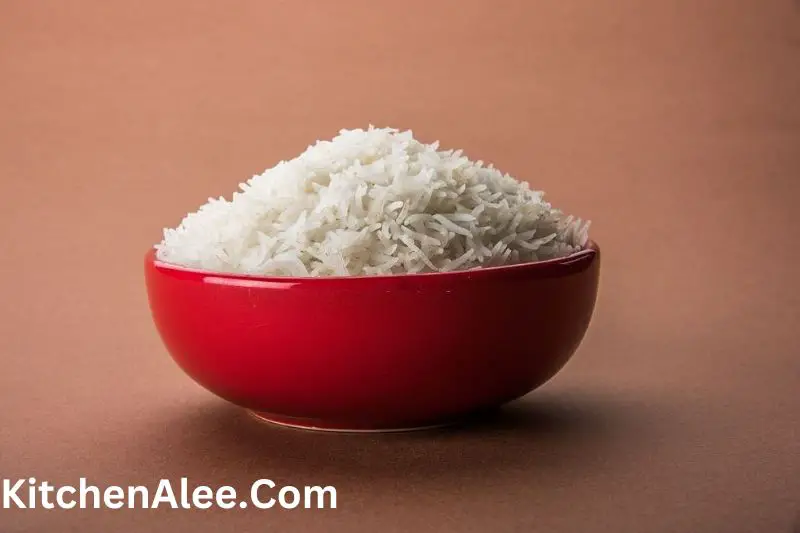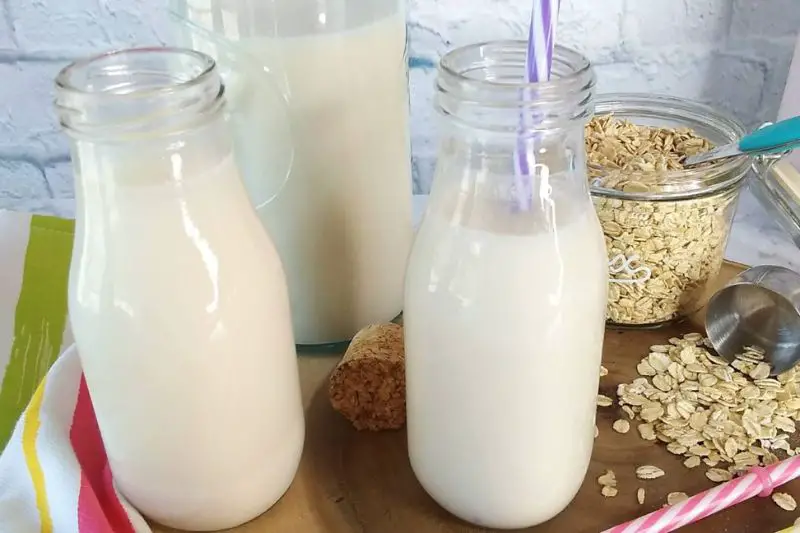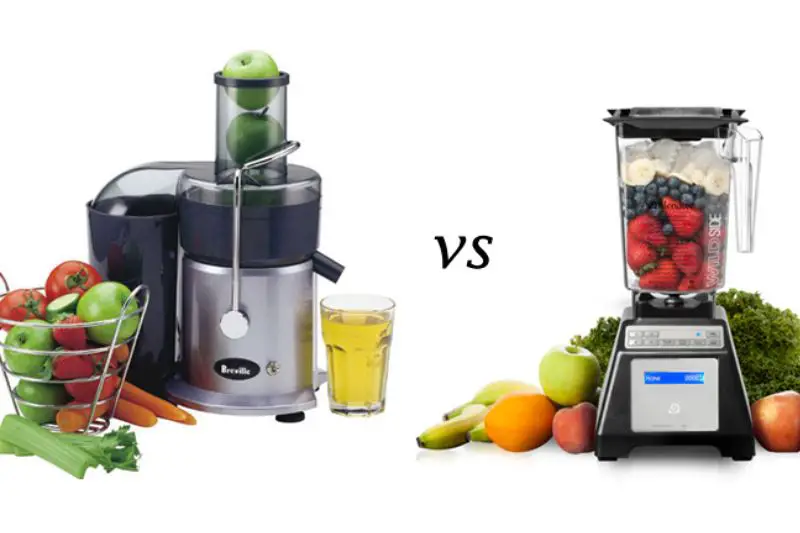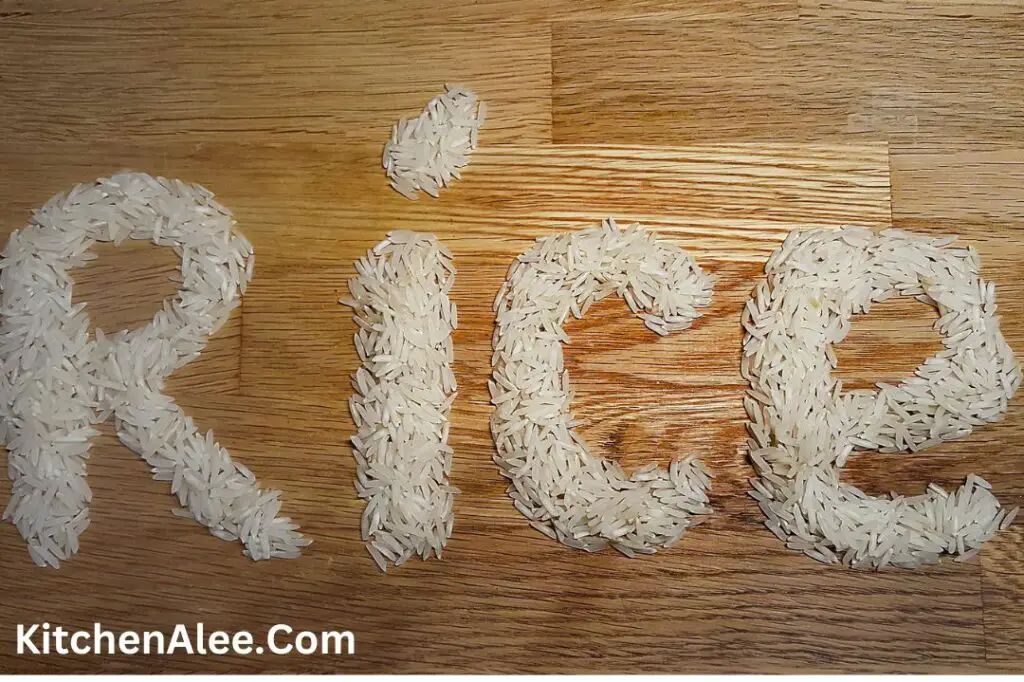How To Cook Rice To Reduce Glycemic Index? To cook rice in order to reduce its glycemic index, one should first rinse the rice in cold water.
Then, one should add the rice and an equal amount of water to a pot and bring it to a boil. After the water has come to a boil, one should reduce the heat to low and simmer the rice for 18 minutes.
Rice is a staple food consumed widely around the world, and it can be cooked in so many different ways. Unfortunately, many people are unaware of how to cook rice so that it retains its nutritional value and has a reduced glycemic index.
This article will provide some tips on how to cook rice in order to reduce its glycemic index and maximize its nutritional benefits.
Cook Rice To Reduce Glycemic Index:
If you’re looking to reduce your glycemic index, one simple change you can make is to your cooking method.
When it comes to rice, generally speaking, the longer it’s cooked, the lower its glycemic index will be.
So rather than boiling rice until it’s soft, try cooking it for a shorter amount of time and then letting it sit covered for an additional 10-15 minutes. This will help to reduce the overall glycemic impact of your meal.
Cook rice with a low glycemic index to reduce your risk of disease. You know the saying you get what you eat? Well, that’s not always true when it comes to disease.
Take heart, though cooking rice with a low glycemic index can help reduce your risk of many diseases. And that includes diabetes, heart disease, and some types of cancer.
Cold Rice Lower Glycemic Index:
A new study has found that eating cold rice can help to lower the glycemic index.
The study, which was conducted by the National University of Singapore, looked at different ways of cooking rice and how they affected the glycemic index.
The study found that when rice is cooked and then cooled, it has a lower glycemic index than if it is eaten hot.
This is because the cooling process changes the structure of the starch in the rice, making it harder for the body to break down and convert into glucose.
The research team says that this finding could have implications for people with diabetes or who are trying to lose weight, as eating cold rice could help to regulate blood sugar levels and prevent spikes in blood sugar levels after meals.
How To Cook Rice To Reduce Glycemic Index?
There are a few things you can do to cook your rice in order to achieve this. First, rinse the rice thoroughly before cooking. Second, cook the rice using a 1:2 ratio of water to rice.
Third, once the rice is cooked, let it sit for at least 10 minutes before eating. fourth, fluff the rice with a fork before serving.
Cook Rice With A Low Glycemic Index To Reduce Your Risk Of Disease:
To cook rice with a low glycemic index, follow these tips:
- 1. Cook the rice according to package directions.
- 2. Avoid using high-glycemic foods like corn syrup and sugary drinks.
- 3. Use low-glycemic cooking techniques, such as spicing with chili powder or ground ginger, to make the rice more innocuous.
Cook Rice with a Low Glycemic Index for Faster Recovery:
To achieve a faster and healthier recovery from meals, cook rice with a low glycemic index.
This means that the food has been prepared with care so that it does not cause blood sugar levels to rise too quickly.
By cooking rice with a low glycemic index, you can reduce your risk of disease and improve your overall health.
Cook Rice with a Low Glycemic Index for a Longer Lifespan:
Cooking rice with a low glycemic index can help you maintain a longer life span.
Lowering blood sugar levels reduces the risk of age-related diseases, such as diabetes, heart disease, and stroke.
Cook Rice with A Low Glycemic Index to Improve Blood Sugar Levels:
One of the best ways to improve blood sugar levels is by cooking rice at a lower Glycemic Index level.
This means that the food has been prepared with care so that it does not cause blood sugar levels to rise too quickly, this is especially beneficial if you are trying to lose weight or manage diabetes mellitus.
How Do I Reduce The Glycemic Index Of Rice?
There are a few methods that can be used to reduce the glycemic index of rice.
One method is to cook the rice with other ingredients that have a lower glycemic index, such as beans or vegetables.
Another method is to use a shorter cooking time or a lower temperature. This will result in a less dense and more chewy texture, which will slow down the release of sugar into the bloodstream.
Does Soaking Rice Reduce Glycemic Index?
Soaking rice prior to cooking has been shown to reduce the grain’s glycemic index. This is because soaking allows for better absorption of the grain’s starch content.
When rice is cooked, the starch granules swell and release their glucose molecules more slowly, which results in a lower blood sugar response.
Soaking also increases the production of short-chain fatty acids, which have been shown to have a positive effect on blood sugar levels.
Bottom Line: How To Cook Rice To Reduce Glycemic Index?
How To Cook Rice To Reduce Glycemic Index? Cook rice with a low glycemic index to reduce your risk of disease can help you faster recover from illness and have a longer lifespan.
By cooking rice with a low glycemic index, you can improve blood sugar levels and have a more healthy diet.
Cook rice with a low glycemic index for a faster recovery can help you avoid diseases such as heart disease and diabetes.
Additionally, cooking rice with a low glycemic index can improve the quality of your life by reducing the risk of heart disease and other chronic diseases.
FAQs
Does Reheating Rice Lower The Glycemic Index?
The glycemic index is a measure of how quickly blood sugar levels rise after eating a particular food.
Reheating rice does not lower the glycemic index, but it can make the rice more resistant to digestion, which means that blood sugar levels will not rise as quickly after eating reheated rice.
Does Adding Vinegar To Rice Lower The Glycemic Index?
Adding vinegar to rice can lower the glycemic index. The glycemic index is a measure of how much a food raises blood sugar levels.
Adding vinegar to rice can help to slow down the digestion of carbohydrates and prevent spikes in blood sugar levels.




